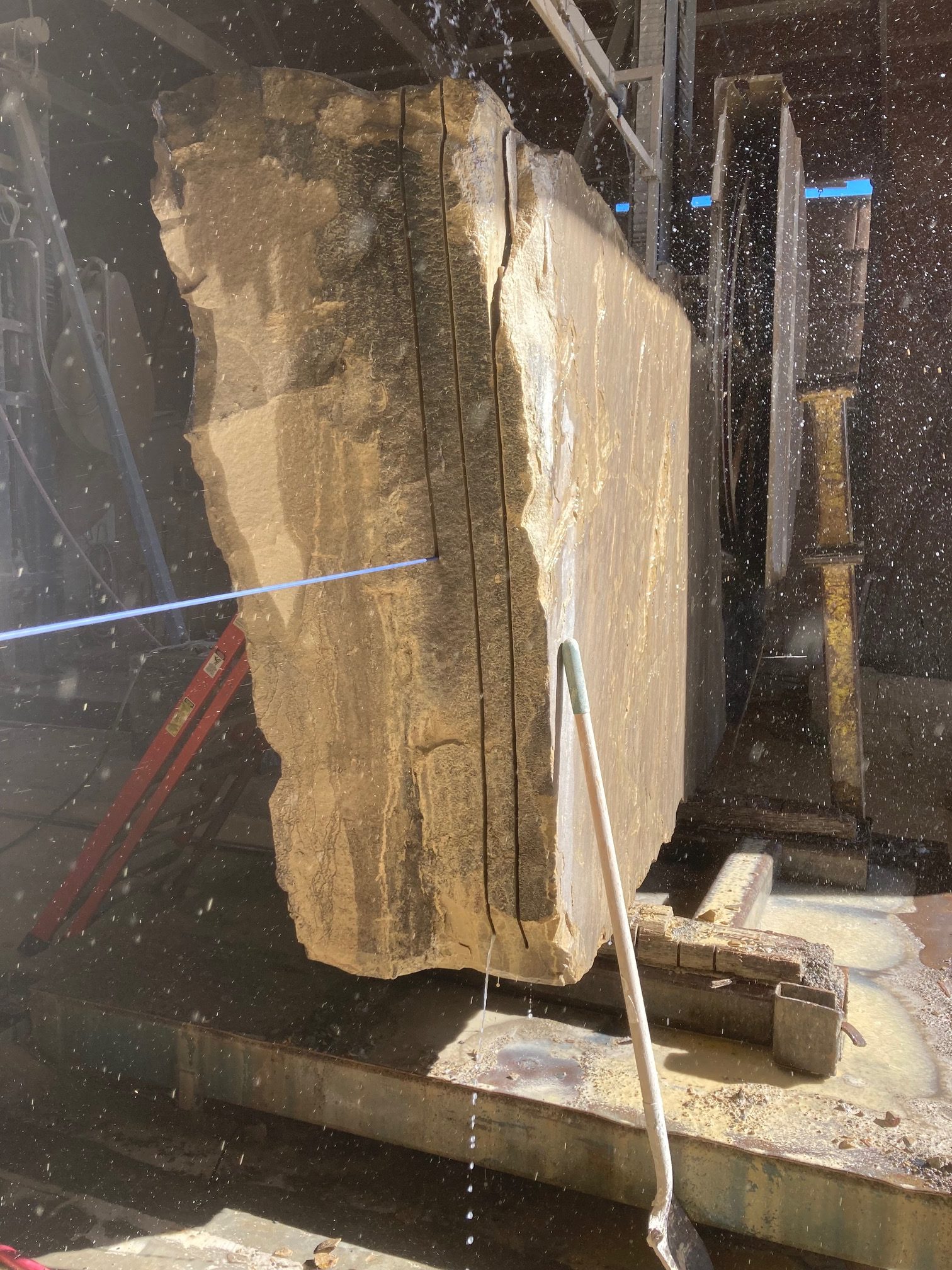
A flagstone walkway can be an attractive addition to any outdoor space. Flagstones are a type of sedimentary, flat stone that is split into layers. Their irregular shape provides a natural, rustic appearance to your walkway. If you’re thinking of installing a flagstone walkway, here are some tips on how to get the job done right.
The first step in installing a flagstone walkway is to determine where you want to place it. You probably have a general area in mind where you want to create a walkable path, however, it’s also important to consider the natural features of your yard, as well as ease of access, potential drainage issues, and the aesthetics of the area. You’ll want to take into consideration any obstacles in the landscape such as trees, garden beds, or even landscape lighting so you can avoid locations that require you to make significant alterations.
Once you’ve decided on a location, the next step is to take measurements so you can calculate the number and size of stones you will need. It’s best to draw out your plan before you start so you can think about what it will look like and how much space you actually have to work with.
If you want your flagstone walkway to remain in place for many years to come without shifting or breaking, it’s important to prepare the ground appropriately. If the area is not level, use a rake or hoe to level the surface. Also, make sure to remove any large rocks or other obstructions that could pose a problem for placing the flagstone.
Although you can technically place your flagstones directly on the dirt, most landscapers prefer to add a base layer of sand and gravel that is at least 2 to 3 inches deep. This is often called dry-laying. An alternative method for installing a flagstone walkway is to use mortar to permanently set them in place.
In addition to choosing the base for your flagstone, you may also want to add steel edging to create clean lines and a more uniform appearance. If you prefer a more random, organic look, however, feel free to skip this step.
Regardless of whether you choose to mortar your flagstone or go the dry-laying route, once your flagstone is put in place, you can fill the joints with either sand, pea gravel, or mortar. Fine textured sand is best for low-traffic areas as the flagstone can shift – especially if they aren’t fitted tightly together. A better option is to use polymer sand because it solidifies like mortar when wet. Just be sure to sweep off any excess sand after you fill the spaces.
If you prefer a more durable, permanent option, you can fill the flagstone joints with mortar. This will ensure the stones don’t shift, but it will make it more difficult to change out or repair your flagstones if you need to do so in the future.
Flagstone and pavers are both common outdoor landscaping materials used to create pathways, patios, and retaining walls. While they share some similarities, there are also some important differences between the two.
Flagstone is generally made from natural stone slabs, typically quarried sandstone, limestone, or granite. It’s available in a variety of shapes, sizes, and colors but the overall shape of flagstone is irregular (not a perfect rectangle). The installation process is more complicated than pavers and requires a fair bit of manual labor to set it into place.
Pavers provide a simpler installation process compared to flagstone options since they are factory-made from concrete or clay. Typically, they are sold as uniform-sized squares or rectangles and are available in a range of colors and styles that allow for more creative options. Unlike flagstone, pavers are easier to replace or change if parts of the design need to be updated or repaired.
Although both flagstone and pavers work well for creating a garden walkway, there are significant differences in cost, ease of installation, and aesthetic appeal. Pavers may be the popular choice for many reasons, but if you want to create something that is upscale and rich in natural beauty, flagstone offers a unique look that can be difficult to achieve with pavers.
You can create a durable walkway out of just about anything, but if you want to create a one-of-a-kind path that will enhance every aspect of your landscaping, we encourage you to take a look at falgstone.
At The Rock Garden of Fort Collins, we offer a variety of sizes and colors of natural Colorado flagstone ranging from steppers that are usually between 12” to 36’ to full flagstone pieces that are 36” and larger. To learn more or to browse our inventory, give us a call or stop by our landscaping store!